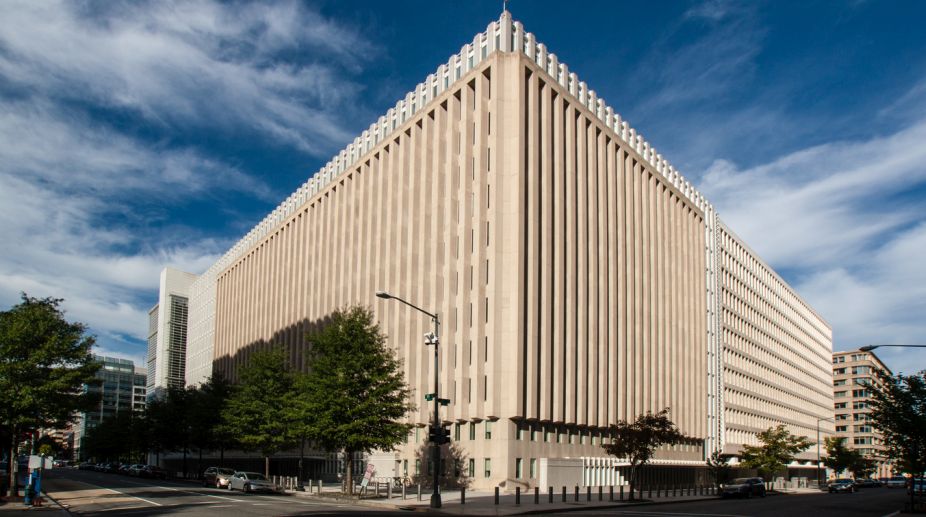The World Bank today projected India’s GDP growth at 7.3 per cent for the next financial year, adding that the growth will accelerate further to 7.5 per cent in fiscal 2019-20. However, it added that the country would have to boost private investments and exports if it wants to attain higher rates of growth in future.
The World Bank in its biannual publication ~ India Development Update: India’s Growth Story ~ said that India’s average economic growth in the past 50 years provides a long-term perspective that it has accelerated slowly but steadily across all sectors ~ agriculture, industry and services and become more stable.
Advertisement
The World Bank attributed the growth to a stabilising economy post demonetisation and the rollout of the Goods and Services Tax (GST).
According to the findings in the report, India’s average economic growth between 1970 and 1980 has been 4.4 per cent, which rose by 1 percentage point to 5.4 per cent between 1990 and 2000.
The major structural changes of opening the country’s economy led to an impressive average growth of 8.8 per cent between 2000 and 2010. Between 2010 to date, India’s economic growth has averaged at 7.1 per cent, mostly due to the global slowdown post the financial crisis of 2008.
The report said it expects the economy to bounce back after two back-to-back reforms. The report, however, observed that a growth of over 8 per cent will require ‘continued reforms and a widening of their scope’ aimed at resolving issues related to credit and investment, and enhancing competitiveness of exports.
“India’s long-term growth has become more steady, stable, diversified and resilient. In the long-run, for higher growth to be sustainable and inclusive, India needs to use land and water, which are increasingly becoming scarce resources, more productively, make growth more inclusive, and strengthen its public sector to meet the challenges of a fast-growing, globalising and increasingly middle-class economy,” Mr Junaid Ahmad, World Bank country director in India, said.
The Narendra Modi government had scrapped high-denomination currency notes of Rs 500 and Rs 1,000 in November 2016. Subsequently, growth for the first quarter of fiscal 2017-18 fell to 5.7 per cent.
The government then rolled out the GST from 1 July 2017. However, growth recovered to 6.3 per cent in the second quarter of the fiscal, and 7.2 per cent in the third quarter.
According to the Central Statistics Office (CSO), the economy is expected to grow at 6.6 per cent in the current fiscal ending 31 March.
The earlier estimate was 6.5 per cent. The Economic Survey tabled in Parliament has projected a growth rate of 7 to 7.5 per cent in FY 2018-19.











